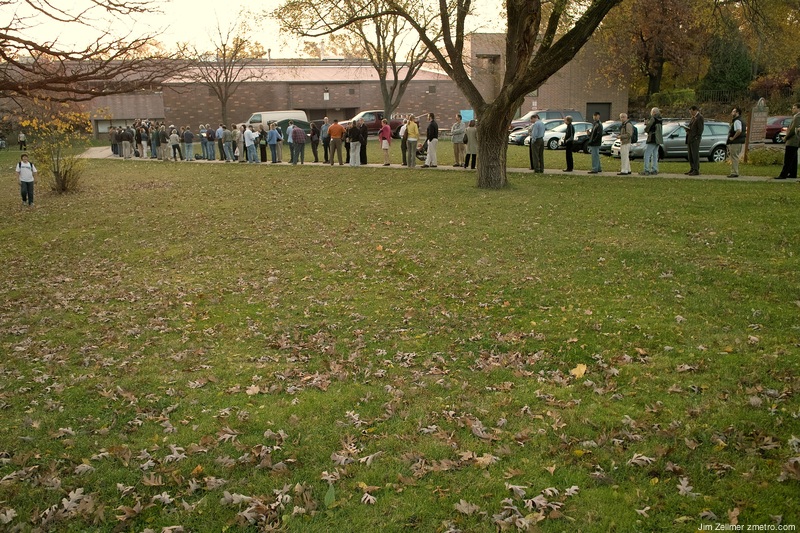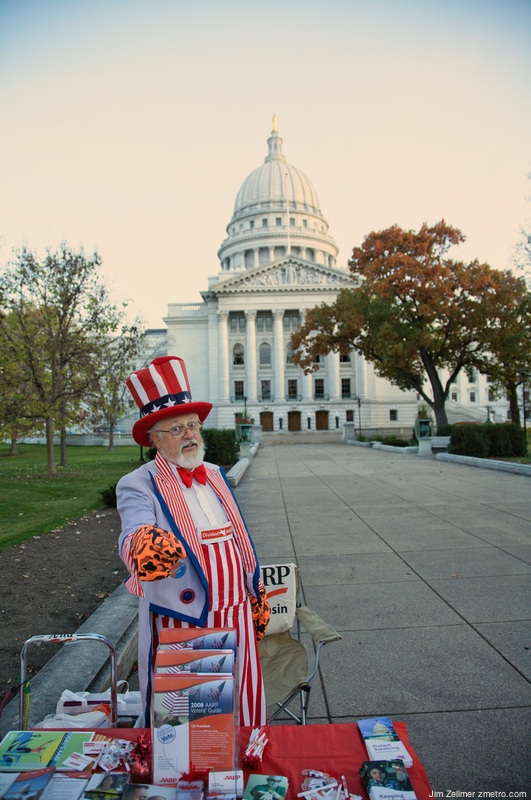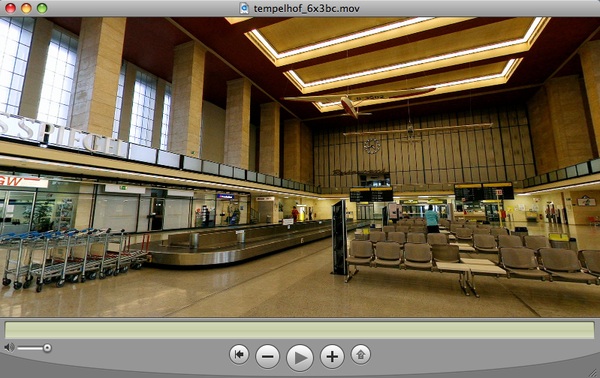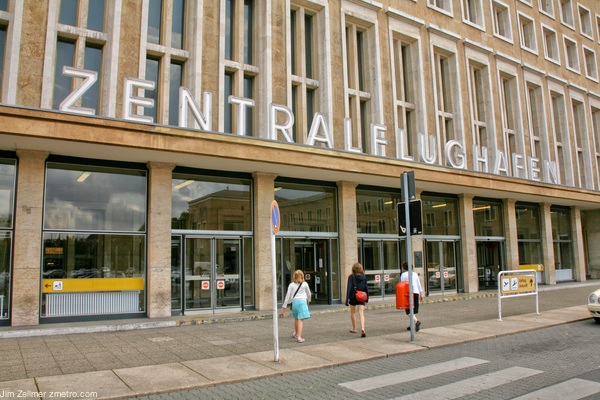The album has a theme, although it’s more loose and open to interpretation than on my last album, IBM 1401, a User’s Manual.
One of the two main threads running through it is this idea of failed utopia, as represented by the “Fordlândia” title – the story of the rubber plantation Henry Ford established in the Amazon in the 1920’s, and his dreams of creating an idealized American town in the middle of the jungle complete with white picket fences, hamburgers and alcohol prohibition. The project – started because of the high price Ford had to pay for the rubber necessary for his cars’ tyres – failed, of course, as the indigenous workers soon rioted against the alien conditions. It reminded me of Werner Herzog’s Fitzcarraldo, this doomed attempt at taming the heart of darkness. The remains of the town are still there today. The image of the Amazon forest slowly and surely reclaiming the ruins of Fordlândia is the one that gave spark to this album. For the structure and themes of the album I was influenced by the films of Alejandro Jodorowsky, Herzog and Kenneth Anger. I was interested in a kind of poetic juxtaposition and an alchemical fusion of themes and ideas, which I feel is similar to the way Anger uses montage as an alchemical technique – as a way of casting a spell. During the making of the album, I also had in mind the Andre Breton quote about convulsive beauty, which he saw in the image of “an abandoned locomotive overgrown by luxurious vegetation”. There is a strong connection to the IBM 1401 album in terms of both thematic and musical ideas and I see the two albums as belonging to a series of works.
Fascinating and quite pleasant. Clusty Search: Fordlandia.





